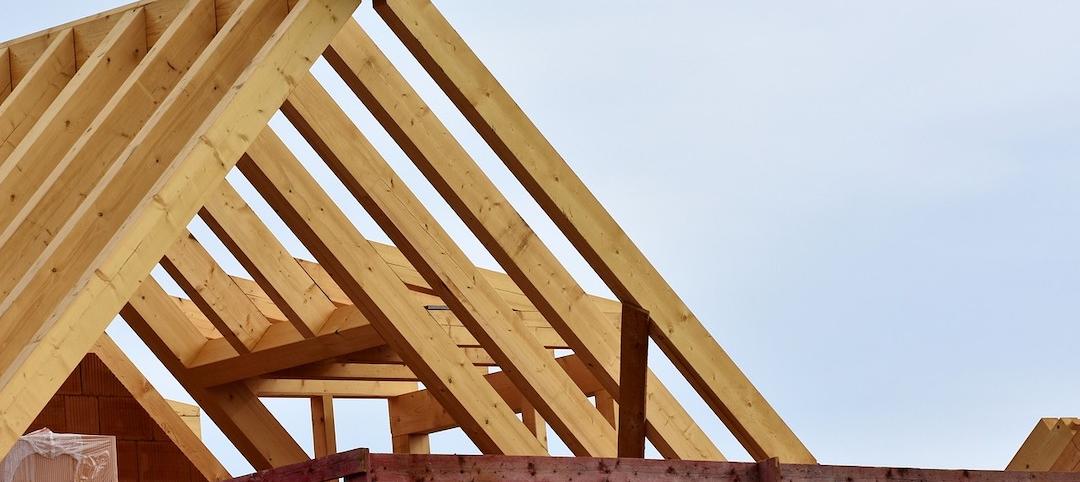Choosing building materials wisely is critical for companies looking to build net-zero carbon offices, according to researchers at Canada’s Ryerson University.
In 2020, the extraction, transport, and manufacturing of building sector materials accounted for 10% of global greenhouse gas emissions, the researchers say. “If buildings are to make meaningful contributions to keeping global temperature rise to 1.5 C above pre-industrial levels, limiting emissions from building materials is crucial,” they say.
In recent years, designers and contractors have made great strides in energy efficiency, on-site heating and cooling, waste reduction, and recycling. Building materials present a newer opportunity for office projects to reduce their carbon footprint.
Construction of Walmart’s new home office in Bentonville, Ark., expected to be completed by 2025, offers an example of what can be accomplished using bio-based building materials. The retail giant’s corporate campus is the largest underway in the U.S. It will use mass timber including large engineered structural wooden panels.
In order to gain the most environmental benefit, materials must be sourced from sustainable supply chains. Building office towers with timber can be counterproductive if large amounts of carbon dioxide are emitted during logging, transport, and manufacture of wood products.
Related Stories
Codes and Standards | Oct 11, 2021
New program to promote mass timber construction launched in Boston
City’s planning and development agency to award grants for projects in early-stage planning.
Codes and Standards | Oct 6, 2021
Intl. Code Council publishes EV and building codes resource
Assists communities in setting policies for electric vehicle charging requirements.
Codes and Standards | Oct 5, 2021
Feds award $1 billion to renovate health centers
Funds will modernize existing infrastructure and cover other COVID-19-related capital needs.
Codes and Standards | Oct 4, 2021
Boston City Council approves mandate for major emissions cuts for large buildings
Applies to buildings 20,000 sf or larger—about 4% of city’s buildings.
Codes and Standards | Oct 4, 2021
HPD Collaborative and Green Seal to align standards
Will result in expanded options for manufacturers to enhance sustainability reporting and certifications.
Codes and Standards | Sep 30, 2021
U.S. has a deficit of 5 million homes
Builders unable to keep pace with demand.
Codes and Standards | Sep 29, 2021
Mass Timber group study will compare structural round timber to glulam products and steel
Will compare costs, capabilities, and carbon impacts of structural materials.
Codes and Standards | Sep 28, 2021
Massachusetts creates Commission on Clean Heat
First-of-its kind body to set targets for buildings to reduce emissions from heating fuels.
Codes and Standards | Sep 27, 2021
Commercial real estate industry faces SEC climate disclosure regulations
Risks associated with climate change would have to be revealed.
Codes and Standards | Sep 22, 2021
Group proposes Carbon Use Intensity metric for new buildings
Plan would track embedded carbon on projects.

















